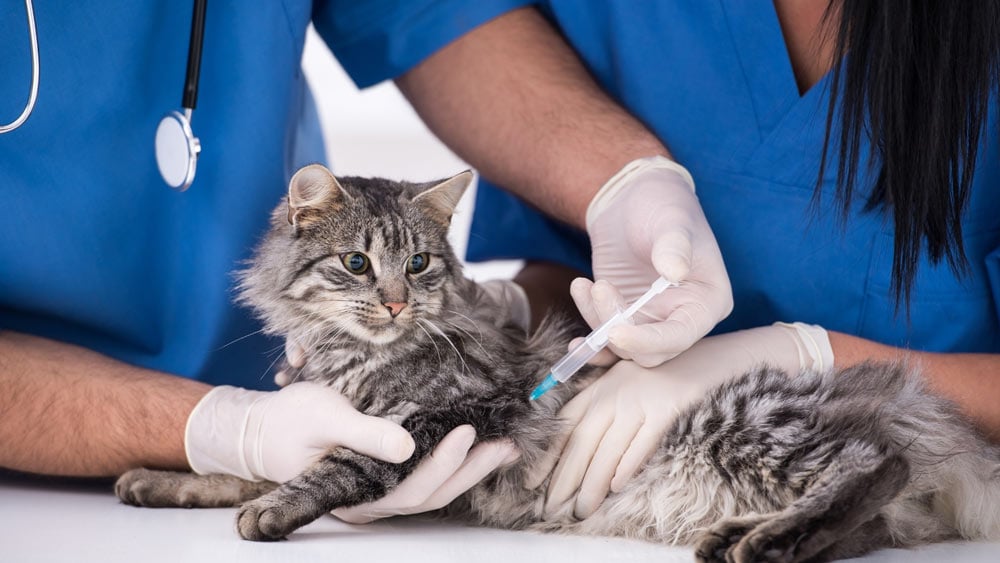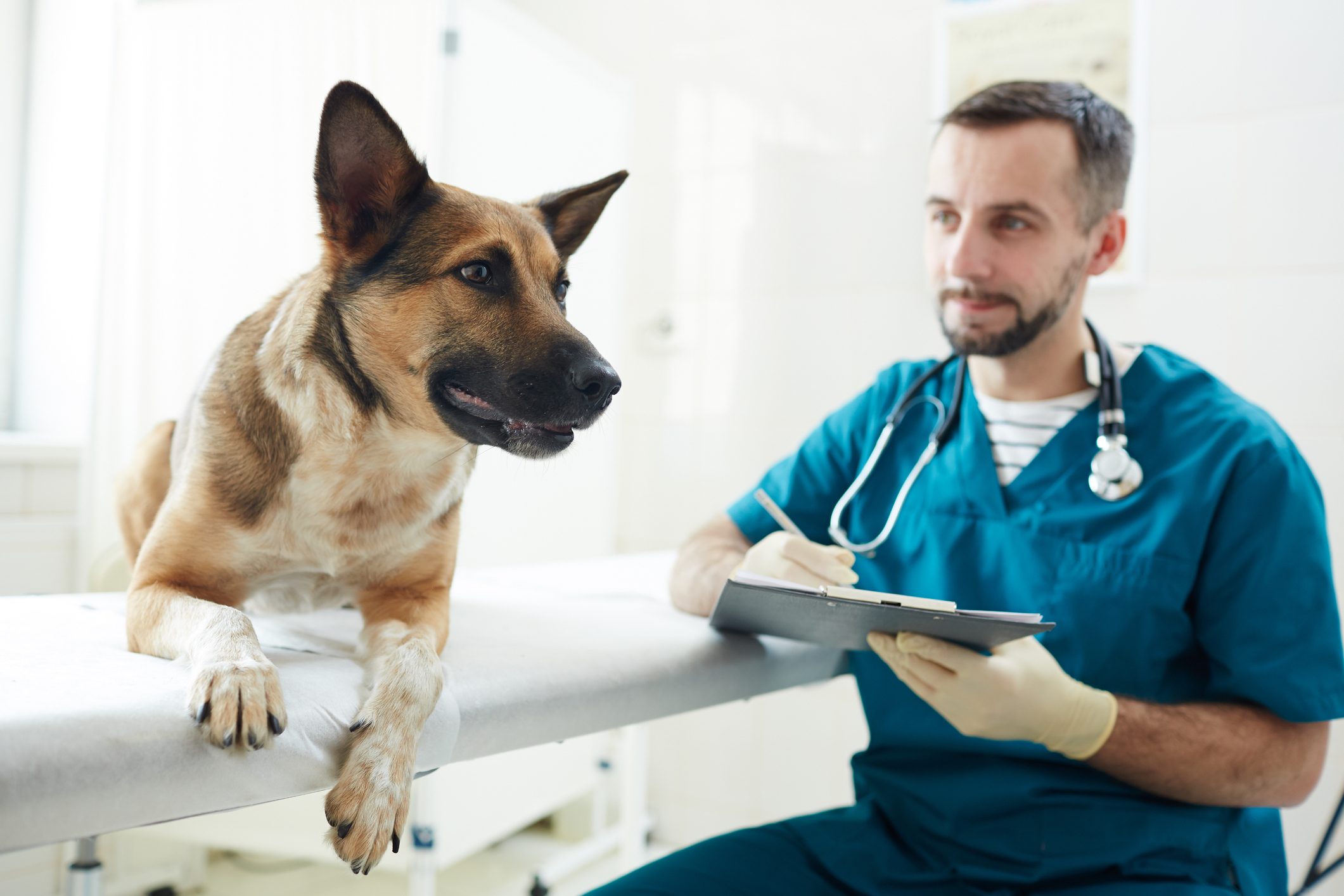Making decisions that can affect your pet patients' health or life is a great burden and in a veterinary clinic it is very often a veterinary receptionist's job to answer the first call from the worried owner or ask some standard questions to determine patients’ condition when the owner arrives at the clinic. How could the receptionist establish if the pet requires immediate help or can be seen by the doctor the next day?
Recognizing emergencies is a part of what in medical practice is called a triage. Triage is the process of determining the priority of patients' treatments based on their symptoms. It is not easy to decide which patient needs help first, especially since the pets cannot talk and will not tell you what is wrong with them or where it hurts. Veterinary triage protocol was invented in order to save pets' lives and treat them more efficiently. Modern software for veterinary clinics usually includes solutions that make this task easier and allows for eliminating mistakes.

Veterinarian responsibility - is it a matter of life and death?
In a veterinary clinic, each day is different. There may be several empty appointment slots, so your clinic doctors can assist the patient at the very same moment it arrives, but there are also days when the schedule is fully booked and there are no available appointments until the next day or even next week - unless it is an emergency case.
There are many questions that need to be answered during a single, short phone conversation between veterinary receptionist and pet owner. The ability to make accurate assessments requires both medical knowledge and experience. Stressed owners may have a proclivity for exaggeration - client-perceived emergencies may be nothing more than mild illnesses, but sometimes an owner has too little veterinary knowledge and cannot distinguish between a life-threatening situation and a harmless ailment.
To be capable of performing veterinary triage, your employees need data - basic information, like pets’ age, sex, species, breed, as well as information about current symptoms.
Veterinary triage protocol – how to establish if you deal with an urgent case
In veterinary medicine, triage involves assessment of the patient's condition on arrival in order to determine if they need immediate help. Triage protocol not only provides the patient with immediate medical care, but also, remains a valuable client service. In veterinary practice, it is important to offer professional assistance not only to the pet, but also to the owner. So if they are clearly upset, performing triage demonstrates the quality of veterinary services.
Advanced software for veterinary clinics can include analytic tools useful for determining if a patient needs the most urgent care. You can standardize the whole process according to your clinic's individual methods and leverage automation to improve the quality of the customer service.
How to implement a Triage Protocol?
At the very beginning it is important to think of stages of this process and tasks that should follow the assessment. Consider what should the elements of veterinary triage protocol be within your clinic.

Determine which patients qualify for immediate help
Before implementing a triage system, you should think of criteria that indicate that a pet requires medical intervention at once. As often some sort of triage needs to be performed by the front office staff during a phone call, these employees may require not only medical training but also some analytic tools to help them determine if a patient’s state is serious.
Immediate triage is usually performed in case of traumatic events like being hit by a car, attacked by another animal, having a heatstroke or being dropped or stepped on (in case of small breeds and pediatric patients). In different cases, triage is indicated for patients experiencing:
- lethargy,
- frequent or continued vomiting or diarrhea,
- active bleeding,
- respiratory difficulties.
In other words, there are various reasons why a pet would require immediate medical care. With modern veterinary software like Provet Cloud you can customize veterinary triage protocol in your clinic.

Instruct the pets’ owner and inform your staff about the patient
After your receptionist gathers all necessary information and decides that a pet needs urgent help, you should prepare the pets’ owner emotionally for what is going to happen next. With the proper software, you can have an automatic e-mail message generated for the client to inform them what to expect when they arrive at the clinic with their pet.
It would also be a good idea to inform other employees that an urgent case is to be expected soon. That enables veterinary staff to plan their activities better. With a good system for scheduling, notifications and tools that improve communication among the employees, following veterinary triage protocol and ensuring the best care for all patients should become much easier.


